Technical Rescues
Active Shooter, Confined Space, Extrication, Ice, Rope,
Trench, & Water
The District provides several types of emergency response which are identified by NFPA 1670 as Technical Rescue. Some technical rescue disciplines have been delegated to the Douglas County Sheriff’s Search and Rescue Division. In other cases, some are a shared level of service.
Active Shooter
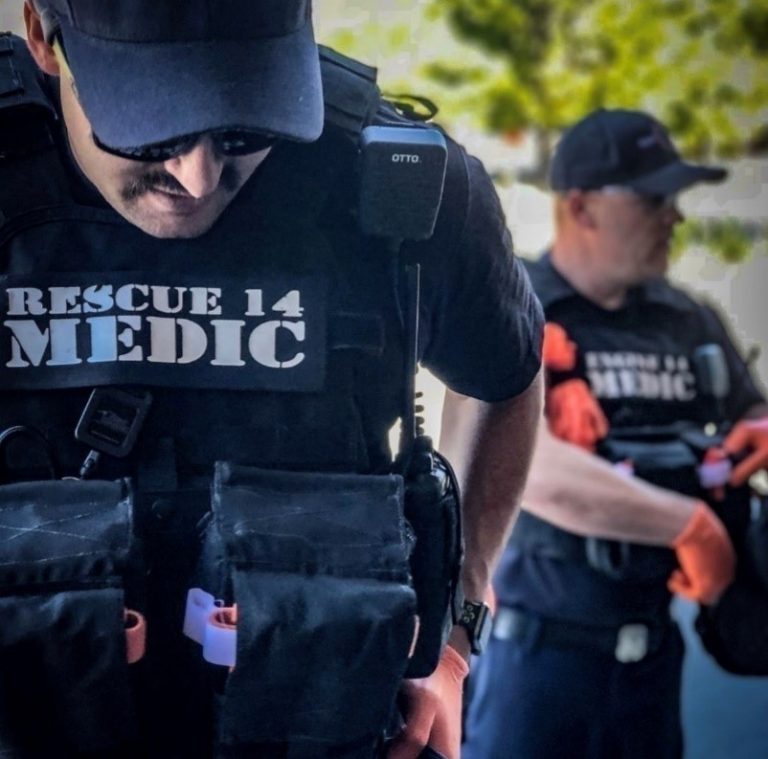
We are fortunate to have a good working relationship with our local sheriff’s office and firefighters with significant military background in the active shooter arena. East Fork Fire has partnered with the Douglas County Sheriff’s Office to provide for rescue teams of firefighters to accompany Deputy Sheriffs into hazardous situations to provide emergency medical services. East Fork Fire has a procedure in place along with the necessary equipment for these activities and training is provided so every employee has the same base knowledge.
Confined Space Rescue
East Fork Fire provides confined space rescue at the awareness level only. Should we experience a confined space rescue, mutual aid from Carson City Fire Department and Yerington/Mason Valley Fire would be necessary.
Extrication
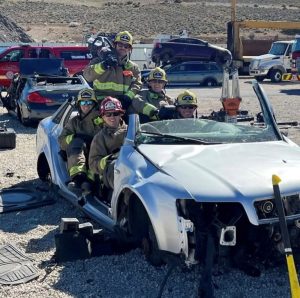
The most predominant place we enter the technical rescue field is on motor vehicle collisions. Our community has many high-speed routes and intersections. Many of these are known to be areas that have frequent high velocity motor vehicle collisions that require the use of tools and expertise to extricate patients from their vehicles thus creating a case for “technical rescue.”.
Ice Rescue
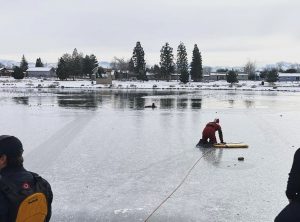
In planning for the worst-case scenario when exercising an ice rescue, a fire department team will have the most successful outcome when the team properly plans and practices for an ice rescue given their known target hazards within their community.
Working through the extremely dynamic environment that is ice rescue, rescuers (and commanders) must overcome complacency, misunderstandings of equipment/techniques and the environment. The responding agency must adjust on the fly, as we always do in the fire service, which gives the person who fell through the ice the greatest chance of a successful rescue while keeping the first responders safe.
Rope Rescue
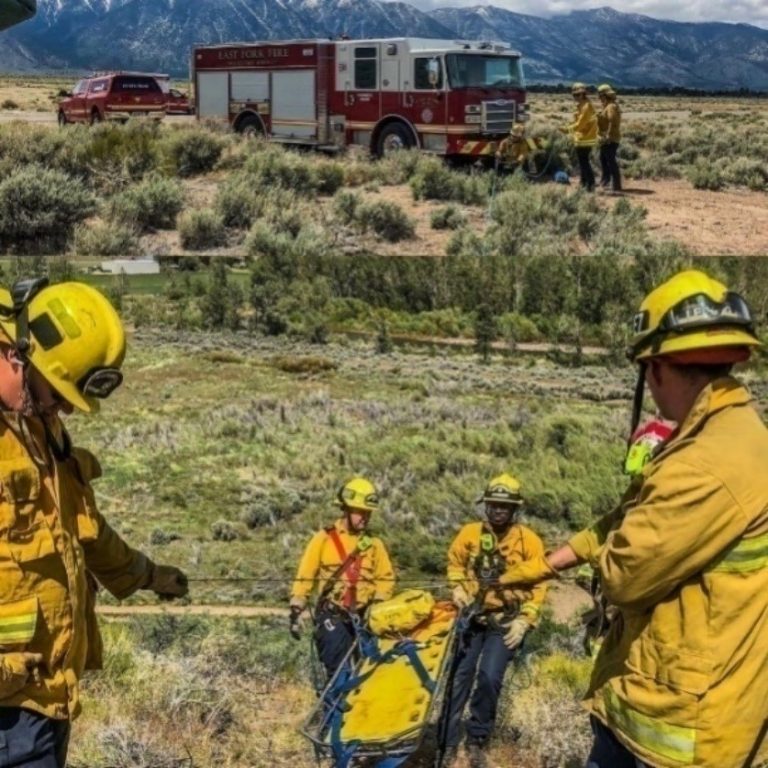
East Fork Fire has bolstered its rope rescue capabilities in the past few years with the addition of new equipment. Efforts have been made to increase training and competency of all personnel to low angle rope rescue scenarios that we are likely to encounter on Kingsbury Grade, Highway 395, and mutual aid into Alpine County. East Fork Fire can provide operational response to most rope rescue incidents within our response areas.
Rope Rescue: 15-29 degrees is considered low angle. 30-50 degrees is steep angle. Anything above 50 degrees is high angle.
Trench Rescue
Trench rescue is a specialized form of rescue, a subset of confined space rescue. Trench rescue involves shoring up the sides of a trench and digging a trapped worker out of a collapsed ditch. Trench rescue is one of the most dangerous rescue operations to complete. We rely on the Carson City Fire Department for technical assistance and support in this regard. East Fork Fire personnel are trained to the awareness level only.
Water Rescue
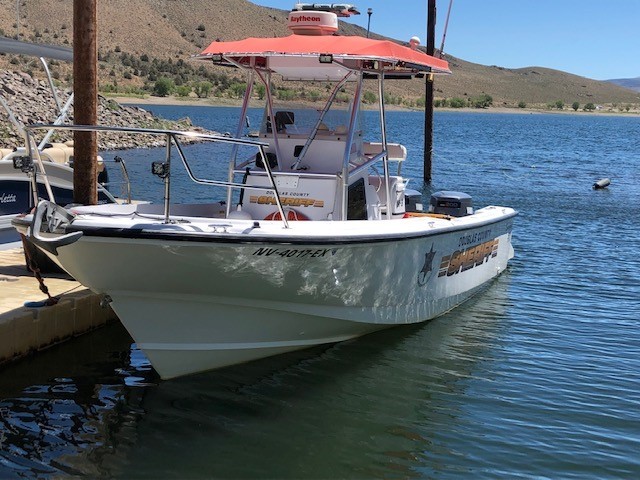
Static Water Rescue
East Fork Fire has a rescue boat at Topaz Lake, in coordination with the Douglas County Sheriff’s Office, for several years. Our personnel are trained and equipped for its use and application on the lake. The extent of our static water rescues exists year-round due to a fishing season that runs from January to October and ice conditions that exist on smaller lakes and ponds in the winter months.
Swift Water Rescue
Seasonally our rivers fill due to winter snow melt in the spring through early summer. East Fork Fire, per the Nevada Revised Statute (NRS), relies on the Douglas County Search and Rescue (SAR) to respond to swift water incidents.
